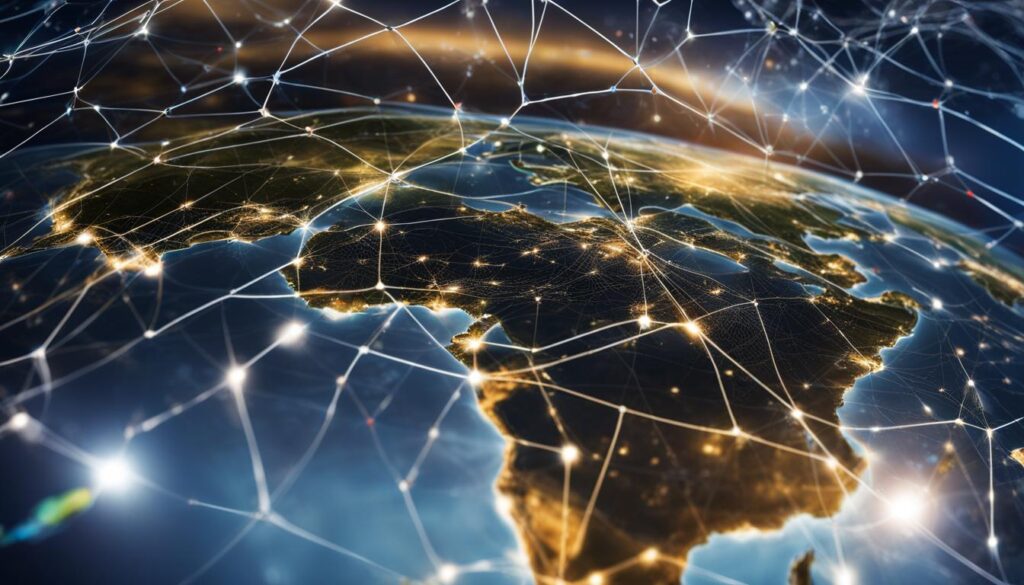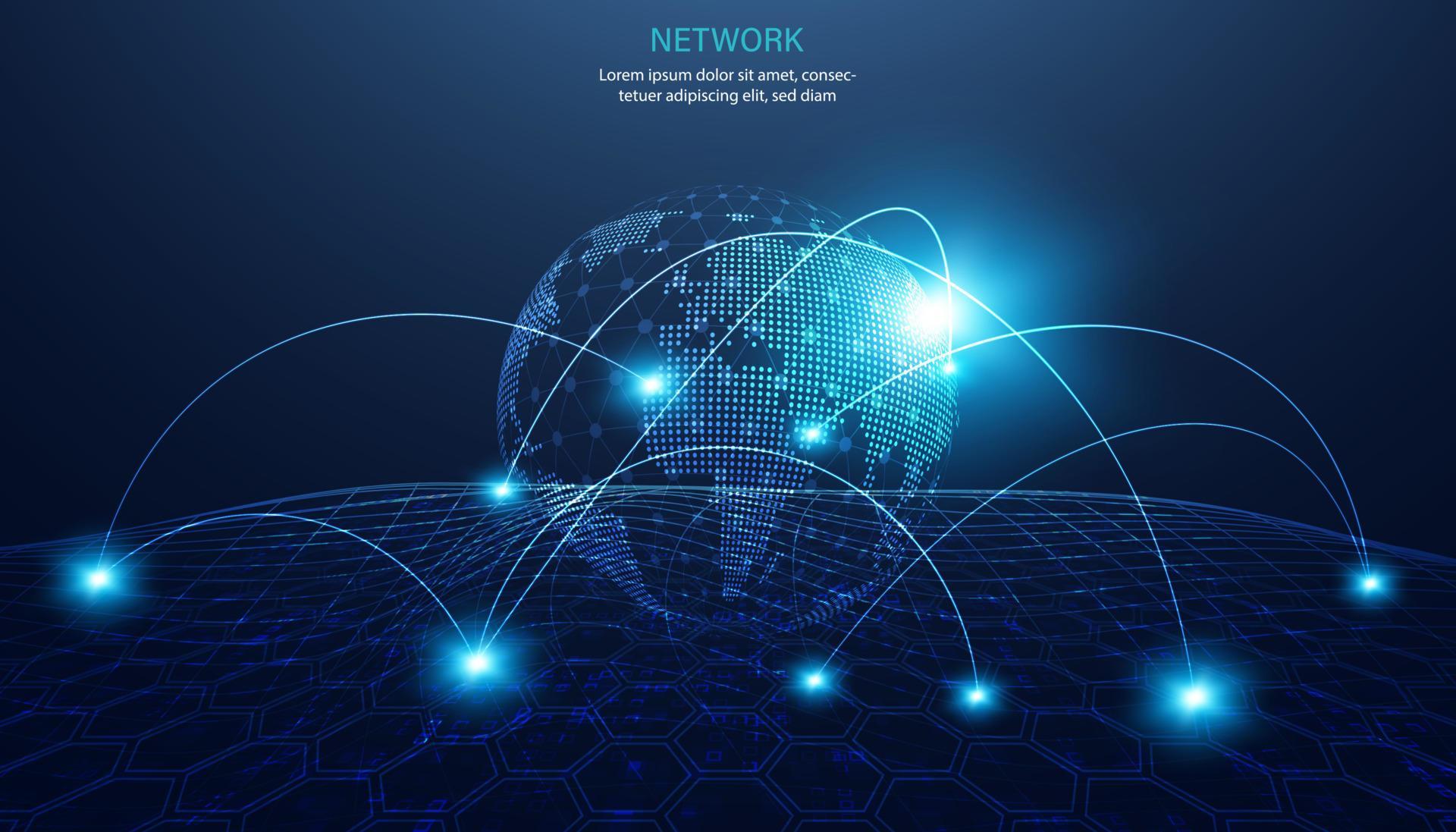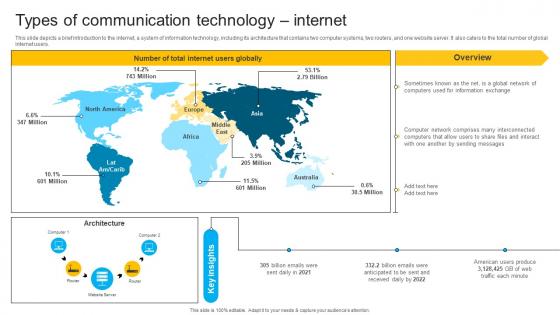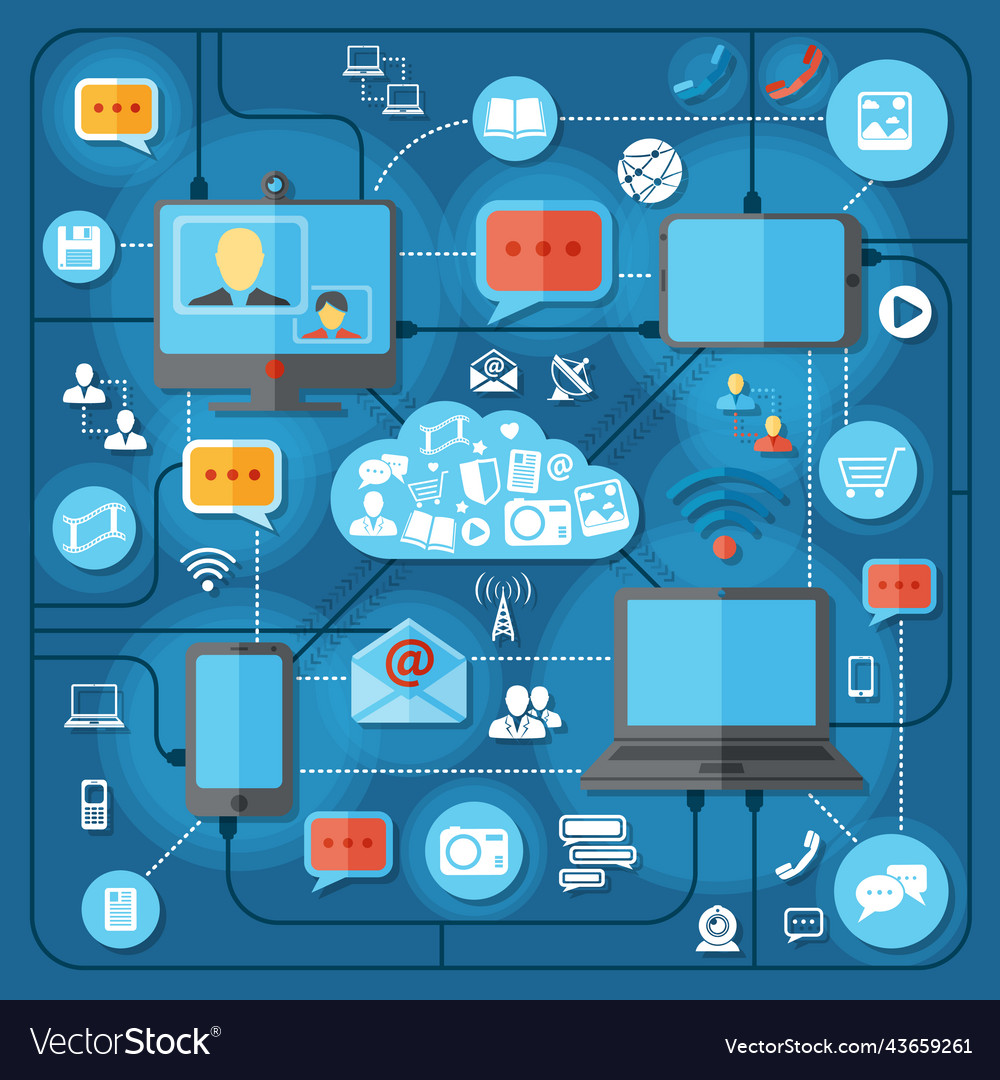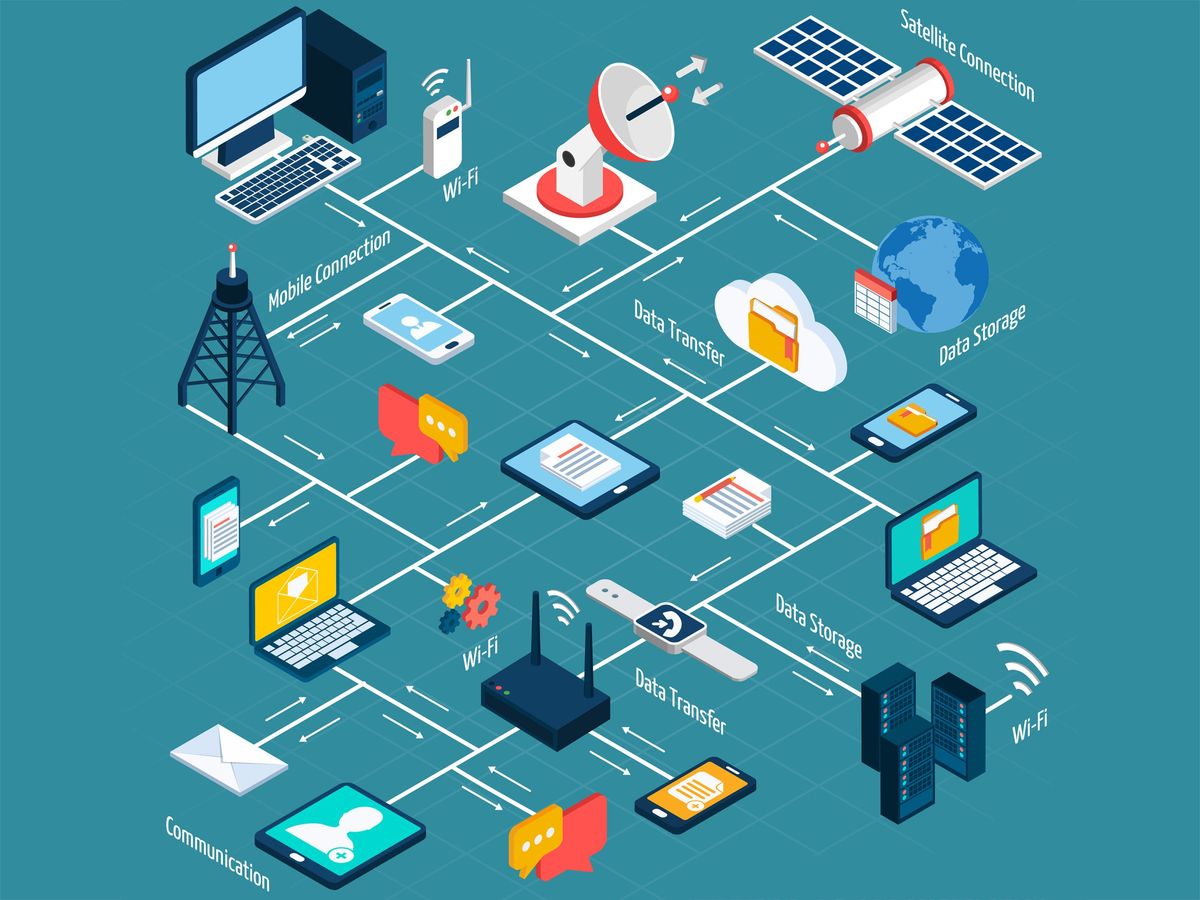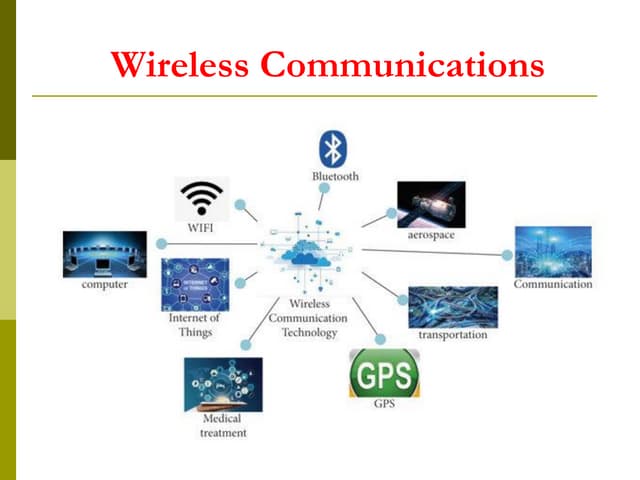Technologies That Allow For Instant Worldwide Communication Include

In a world increasingly interconnected, the ability to communicate instantly across geographical boundaries has become not just a convenience, but a necessity. From coordinating disaster relief efforts to facilitating international business deals, a range of technologies has revolutionized how we interact on a global scale.
This article will explore the core technologies that underpin instant worldwide communication, examining their functionality, impact, and the ongoing evolution that continues to shape our digitally connected world. We will delve into the technical foundations of these systems, highlighting their significance for individuals, organizations, and society as a whole.
The Backbone: Internet Infrastructure
At the heart of instant worldwide communication lies the internet, a vast network of interconnected computer networks. This infrastructure comprises physical cables, including fiber optics that transmit data at the speed of light, and wireless technologies that extend connectivity to remote areas.
According to the International Telecommunication Union (ITU), as of 2023, an estimated 5.3 billion people globally use the internet. This widespread adoption is a testament to the internet's pivotal role in enabling instantaneous communication.
Communication Platforms: Bridging the Distance
Building upon the internet's foundation are various communication platforms that facilitate direct interaction. These platforms leverage the internet's infrastructure to transmit text, voice, and video in real-time.
Email: The Digital Letter
Electronic mail, or email, remains a fundamental tool for asynchronous communication. While not strictly "instant" in the same way as other technologies, email allows for rapid message exchange across time zones and geographical boundaries.
The global email user base continues to grow, with Statista projecting over 4.7 billion users by 2026. Its enduring popularity stems from its reliability, widespread accessibility, and versatility.
Instant Messaging: Real-Time Conversations
Instant messaging (IM) platforms, such as WhatsApp, Telegram, and Signal, provide real-time text-based communication. These applications often incorporate features like voice and video calls, further enhancing their utility.
These platforms are particularly popular due to their ease of use and mobile-first design, enabling instant communication on smartphones and tablets. Meta, the parent company of WhatsApp, reports billions of active users on its messaging platforms, demonstrating their global reach and impact.
Video Conferencing: Seeing is Believing
Video conferencing technologies, such as Zoom, Microsoft Teams, and Google Meet, have become essential for remote collaboration. These platforms enable real-time visual communication, fostering a sense of connection despite physical distance.
During the COVID-19 pandemic, video conferencing experienced a surge in popularity as businesses and individuals adapted to remote work and social distancing. These tools facilitate meetings, presentations, and even social gatherings, bridging geographical divides.
Satellite Communication: Reaching the Remote
For areas with limited or no terrestrial internet infrastructure, satellite communication provides a vital link to the outside world. Satellites orbiting the Earth transmit data to ground stations, enabling internet access and communication in remote locations.
Organizations like SpaceX's Starlink are deploying constellations of low Earth orbit (LEO) satellites to provide high-speed internet access to underserved areas. This technology has the potential to bridge the digital divide and connect previously isolated communities.
The Impact and Future of Instant Communication
The technologies that enable instant worldwide communication have had a profound impact on society. They have facilitated globalization, enabling businesses to operate across borders and individuals to connect with loved ones around the world.
These technologies have also played a crucial role in disaster relief efforts, allowing organizations to coordinate responses and provide aid to affected areas. Social movements have also leveraged these tools to organize protests and raise awareness about important issues.
Looking ahead, advancements in areas like 5G and 6G wireless technology promise even faster and more reliable communication. Artificial intelligence (AI) is also being integrated into communication platforms, enabling features like real-time translation and automated message filtering.
Despite the many benefits, it is important to acknowledge the challenges associated with instant worldwide communication. Concerns about privacy, security, and the spread of misinformation require ongoing attention and responsible development of these technologies.
Ultimately, these technologies are tools, and their impact depends on how we choose to use them. By fostering responsible innovation and promoting digital literacy, we can harness the power of instant worldwide communication to create a more connected, informed, and equitable world.

